
Quite often we may feel the need for some additional space in our homes, or some privacy in a corner of a large open space within the home. You need not always have a wall to split a room to add functional areas. How to divide a living room into a bedroom can be tackled easily using some simple divider ideas that do not need professional skills.
Folding Screen
One of the oldest ways to divide a living room into a bedroom, folding screens, have made an appearance in interior spaces since a very long time. They are not only inexpensive, but the biggest advantage is that they are not permanent. They can be conveniently folded and placed as required. They are the perfect solution for room dividers for rental properties or for low budgets or tight timelines.
The screens can be customised to a design pattern of your choice, and can then be used as backgrounds for meetings from home in the recent times. Block off awkward spaces or create some smaller pockets with privacy, folding screens are a go-to accessory within your home. When not in use, you may also use it as a decor element complete with some potted plants around.
Curtains
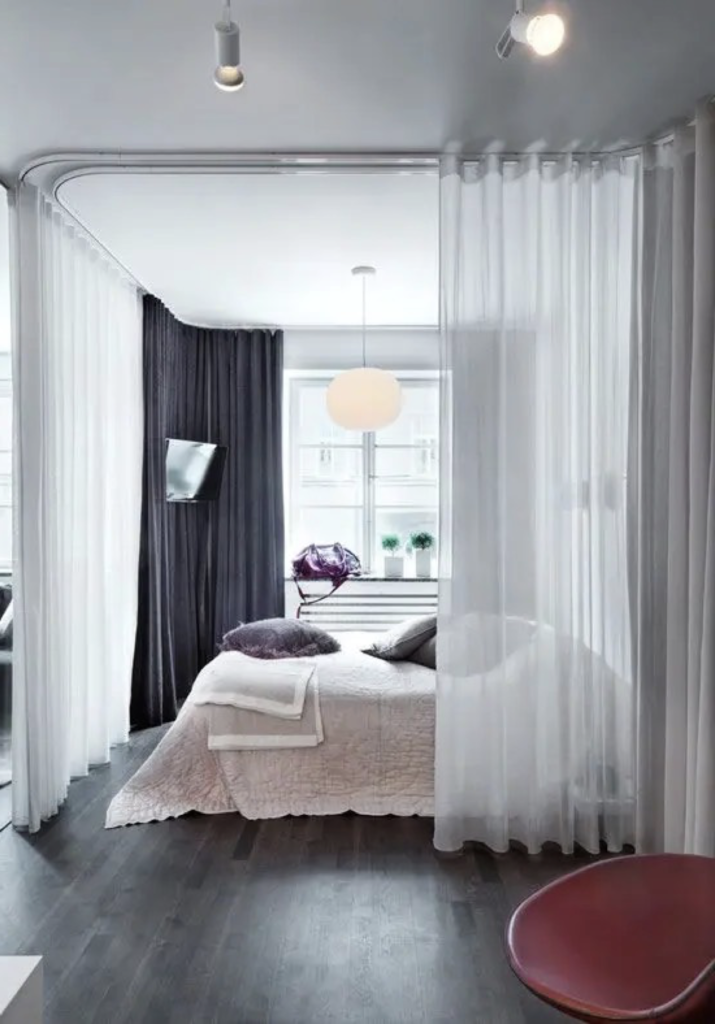
Bring in a sense of comfort and coziness with the use of curtains for small and compact spaces that need dividers. Highly versatile, curtains can be customized to suit the design and decor style of any space. Pick from a variety of materials – velvets usually add a touch of luxury, linen curtains make the space seem bright and airy and printed curtains can be a great fit for a space designed with a solid color palette.
The beauty of installing curtains is that the fluid nature of curtains zones out spaces without creating physical barriers. You may opt for some fancier options such as beaded curtains in case the purpose is informal.
Customised Bookshelf
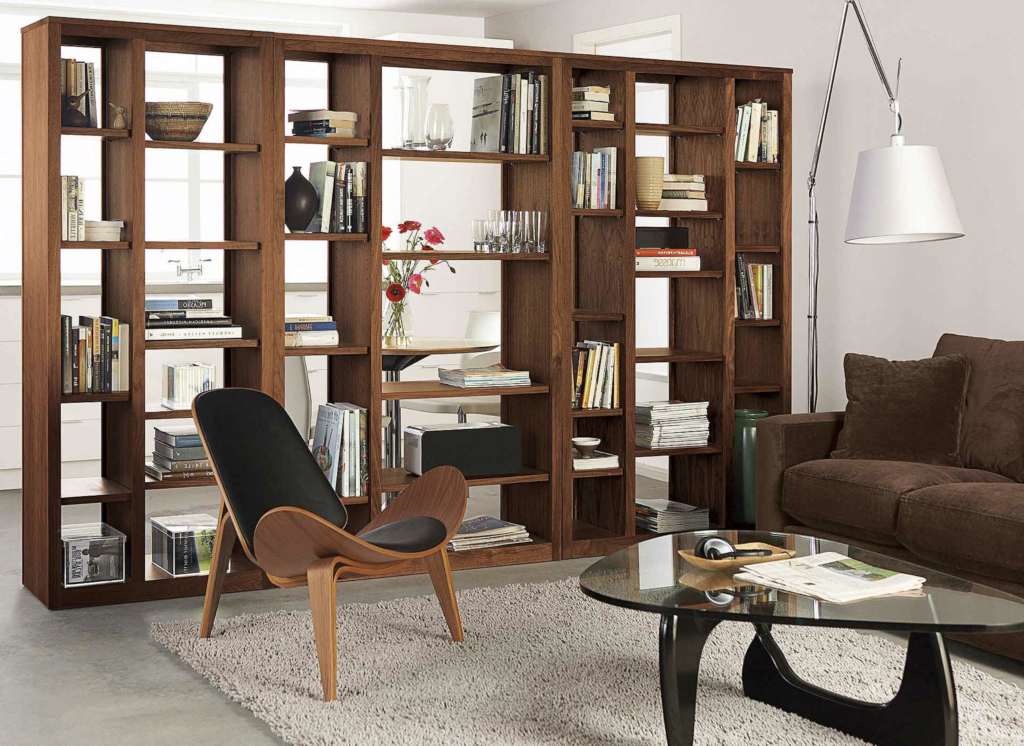
Are you a bookworm that has an enviable library collection to show off? Create your own customised divider for living room by installing a bookshelf to zone out spaces. Go for a store bought bookshelf, or be it your own DIY project, a simple shelving unit is just perfectly suited for the job.
Proudly display your book collection and jazz it up with some accent pieces and some pops of green with succulents and potted plants. A closed shelving unit can be well used to place a bed on the opposite, while an open shelving unit can maintain a visual connection between both areas – pick the one that suits your needs!
Play With Height
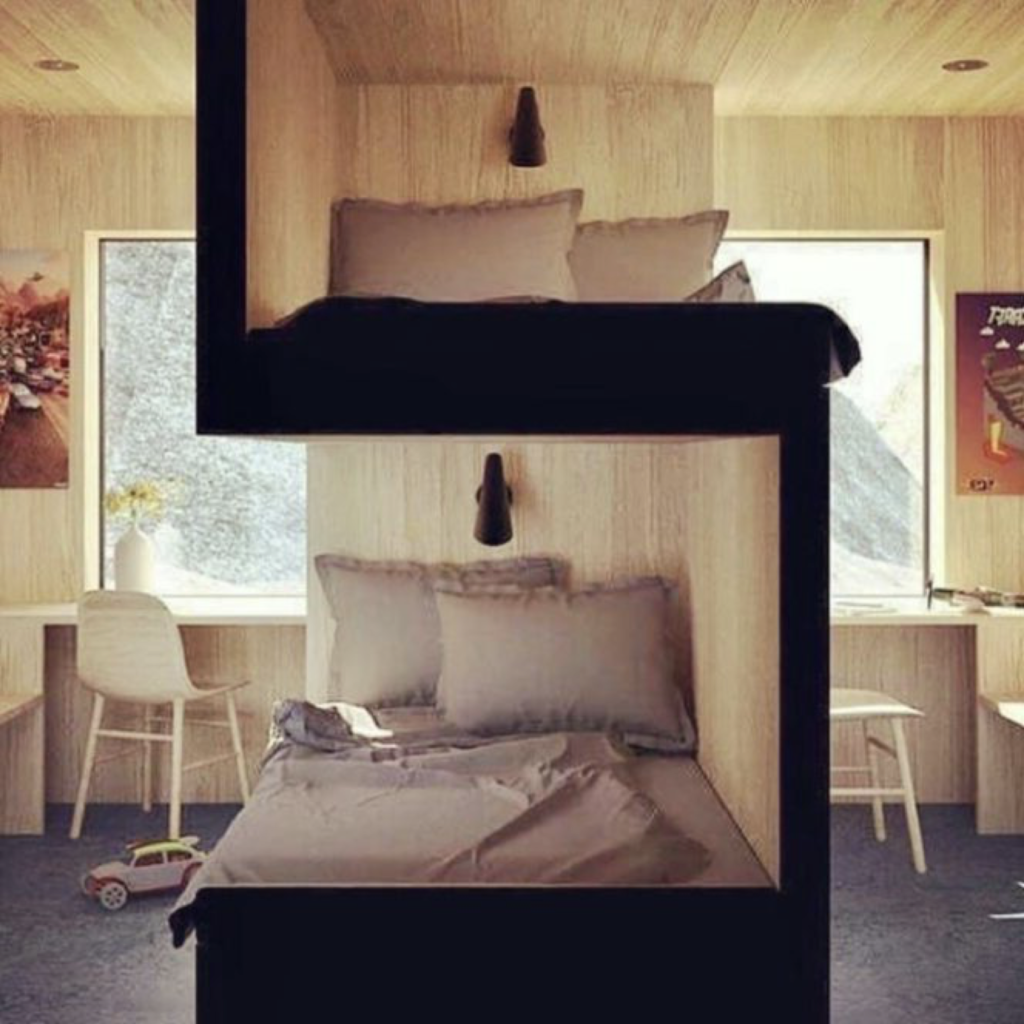
Perfect for a bachelor’s den, or for spaces with double height, a great way to divide a living room into a bedroom is to explore elevational heights. You may want to consider a loft bed that is built in for a cozy sleeping area. An option that optimizes space utilisation, the elevational height for the bed area also ensures privacy.
A yet another way to use heights to divide a living room into a bedroom is to create raised platforms that serve the purpose. A visual barricading is not always needed as long as zones are well marked.
Taking advantage of the available heights, you are not only adding to the floor area, but also creating an additional space that never existed before.
Projector Screens
An intelligent way to divide a living room into a bedroom is you install a projector screen from the ceiling between the living and the sleeping space. Ensure to install the projector in a way that direct sunlight or glare is avoided on to the screen.
With the recent advancements in technology, screens that work both sides are now available in the market – do look for those to enjoy movies while relaxing in the living room as well as snuggling in the bed.
Rustic Choices
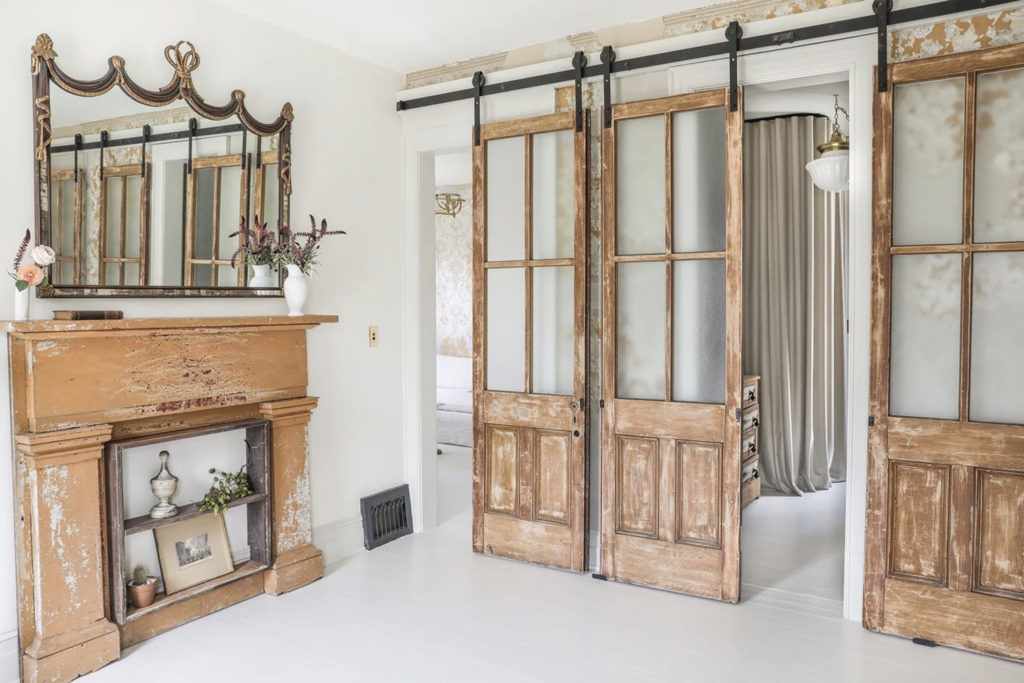
Salvaged doors and windows make for a unique partition to divide a living room into a bedroom, or shipping pallets also are an offbeat choice. Local thrift stores or flea markets are the perfect place to grab some that match the design. Join two or more shipping pallets vertically to create a divider that ensure privacy by blocking vision.
Make these your canvas to customise the dividers to suit the decor style. Apply a coat of paint and hang some cozy family photos complete with fairy lights, or keep them bare for a rustic look.
Remember to sand down the rough wood as the salvaged materials can cause splinters.
Floor Rugs As Markers
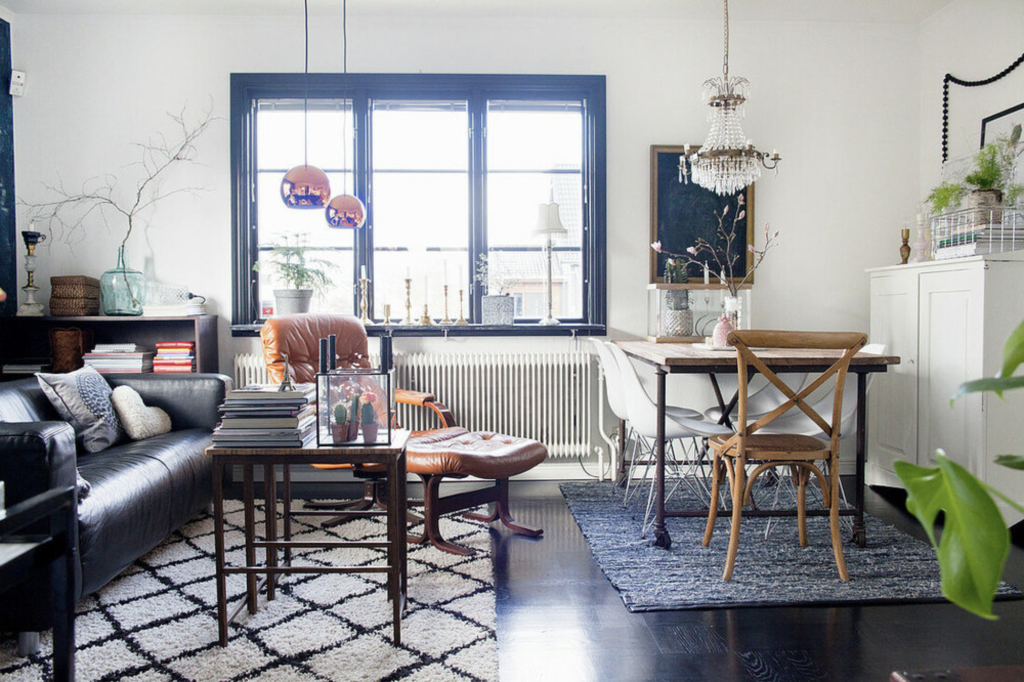
For a studio apartment, where the floor plan is compact and quite not marked into zones, floor rugs can work effectively to create visually distinct spaces. Use separate rugs for each portion within the space to segregate areas for each specific purpose.
A floor rug that spans just under the couches can demarcate the living area, while a rug spread underneath the bed extending onto either side can make for the sleeping area. Circulation space is the area left bare that connects the complete floor space.
Using color that complements or contrasts each of the space decor or the flooring can make the design come together and blend to create a curated look.
A Green Wall

Specially for plant lovers, this is a great way to bring in some color and vibrancy to the space while dividing a living room into a bedroom. You may choose a chic shelving system and decorate it with a variety of potted plants, succulents and some accent plants, or hang plants from the ceiling to create a partition.
A variety of indoor plants are now available that cater to specific needs. Choose plants that work well for the space and your decor and design style. You can opt for faux plants to create the setup if maintenance and upkeep is an issue.
Furniture Arrangements
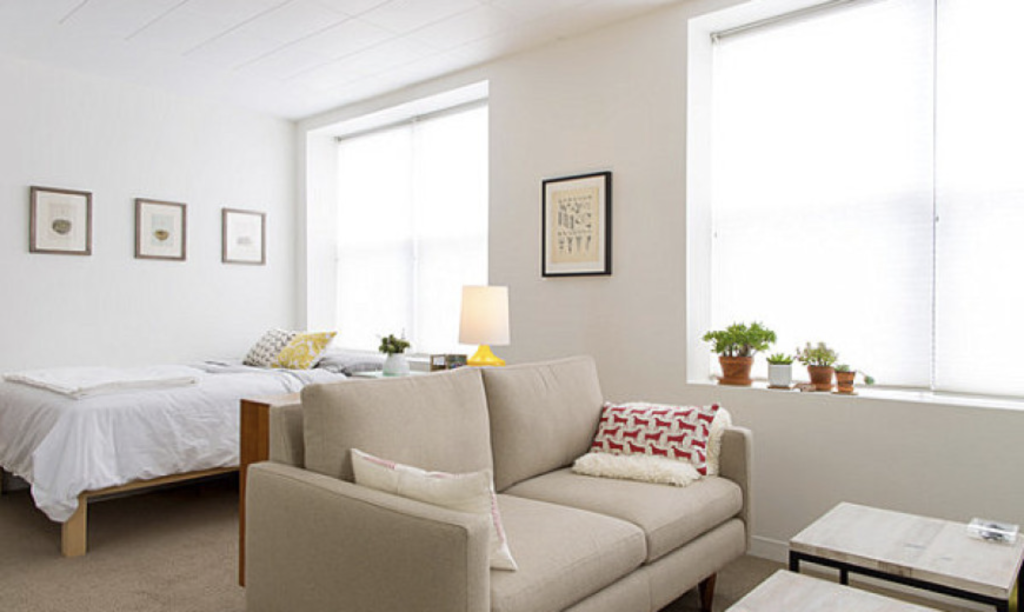
Making up a small space to accommodate all your needs is all a game of clever arrangements. Place your couch and bed back to back to divide a living room into a bedroom. This way, one space becomes out of visual reach while using the other, and separate zones are formed without adding any furniture piece.
The other way is to place the bed with its head-side adjacent to a panelled screen of wood or bamboo which acts as a room divider. These screens can be tastefully picked to become a decoy piece within the space.
A console or a study table are also effective pieces of furniture that may be used to separate out zones within a room to create more areas.
Making some minor changes in the way you arrange your furniture can make a considerable difference in the functionality and overall space.







